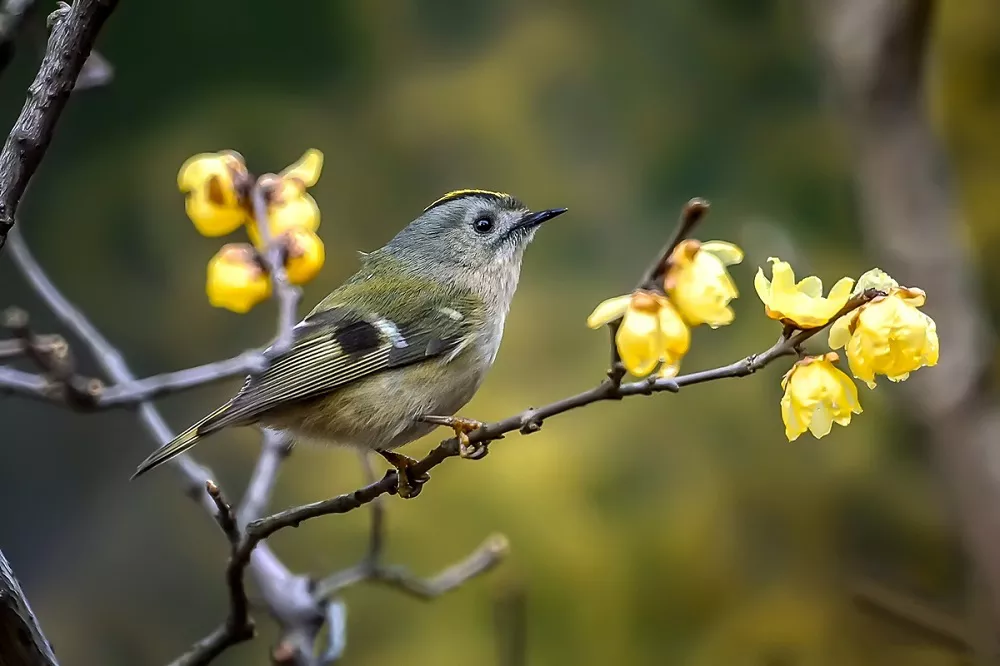The Goldcrest bird, also known as the Regulus regulus, is a small and lively bird that is commonly found throughout the forests of Eurasia. The Goldcrest bird is a popular species amongst birdwatchers and bird enthusiasts alike, but many people are still unsure about whether or not the Goldcrest bird is rare. In this article, we will explore the Goldcrest bird, its habitat, behavior, and status to determine whether or not it is a rare bird.
- Habitat and Behavior
The Goldcrest bird is typically found in the forests and woodlands of Eurasia, including parts of Europe, Asia, and Africa. They are known to live in coniferous and mixed forests and can be found at altitudes of up to 2,500 meters above sea level. The Goldcrest bird is also known to migrate south during the winter months to warmer climates, such as southern Europe and North Africa.
The Goldcrest bird is a small bird, measuring only 9cm in length and weighing around 6 grams. It is characterized by its distinctive golden-yellow crest, which is bordered by black stripes. The Goldcrest bird also has a pale eye stripe, a bright yellow-green rump, and a thin, pointed bill. The Goldcrest bird is known for its acrobatic behavior, often flitting about in the treetops and foraging for insects and spiders.
- Status of the Goldcrest Bird
The Goldcrest bird is not considered rare, but it is classified as a species of Least Concern by the International Union for Conservation of Nature (IUCN). This means that although the population of Goldcrest birds is stable, there is still a need to monitor their numbers and habitat to ensure that they continue to thrive.
One of the reasons why the Goldcrest bird is not considered rare is that it has a wide distribution across Eurasia. The Goldcrest bird is also adaptable to different types of forest habitats and can survive in areas where other bird species may struggle.
- Threats to the Goldcrest Bird
While the Goldcrest bird is not considered rare, it still faces threats to its habitat and population. The destruction of forest habitats is a major threat to the Goldcrest bird, as it relies on forest environments for nesting and foraging. Climate change is also a concern, as changes in weather patterns can affect the availability of insects and spiders, which make up the bulk of the Goldcrest bird’s diet.
In addition to habitat loss and climate change, the Goldcrest bird is also vulnerable to predation by domestic cats and other predators, such as birds of prey. This is why it is important to monitor the population and habitat of the Goldcrest bird to ensure that it continues to thrive.
In conclusion, while the Goldcrest bird is not considered rare, it is still a species that requires protection and monitoring. The Goldcrest bird’s adaptability to different types of forest habitats and wide distribution across Eurasia help to ensure that its population remains stable. However, threats such as habitat loss, climate change, and predation still pose a risk to the Goldcrest bird’s future. It is important to continue to monitor the population and habitat of the Goldcrest bird to ensure that it continues to thrive for generations to come.


 Facebook
Facebook  Instagram
Instagram  Youtube
Youtube 